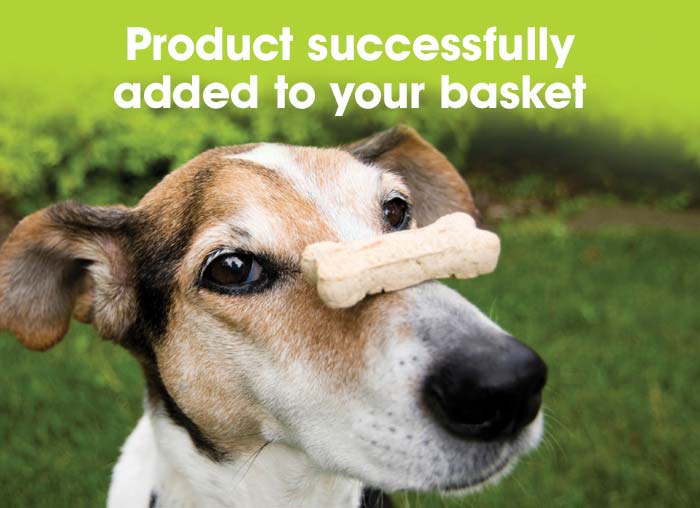

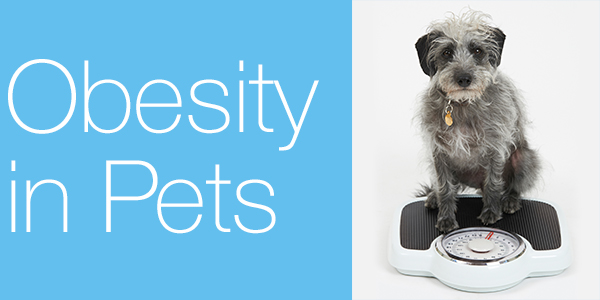
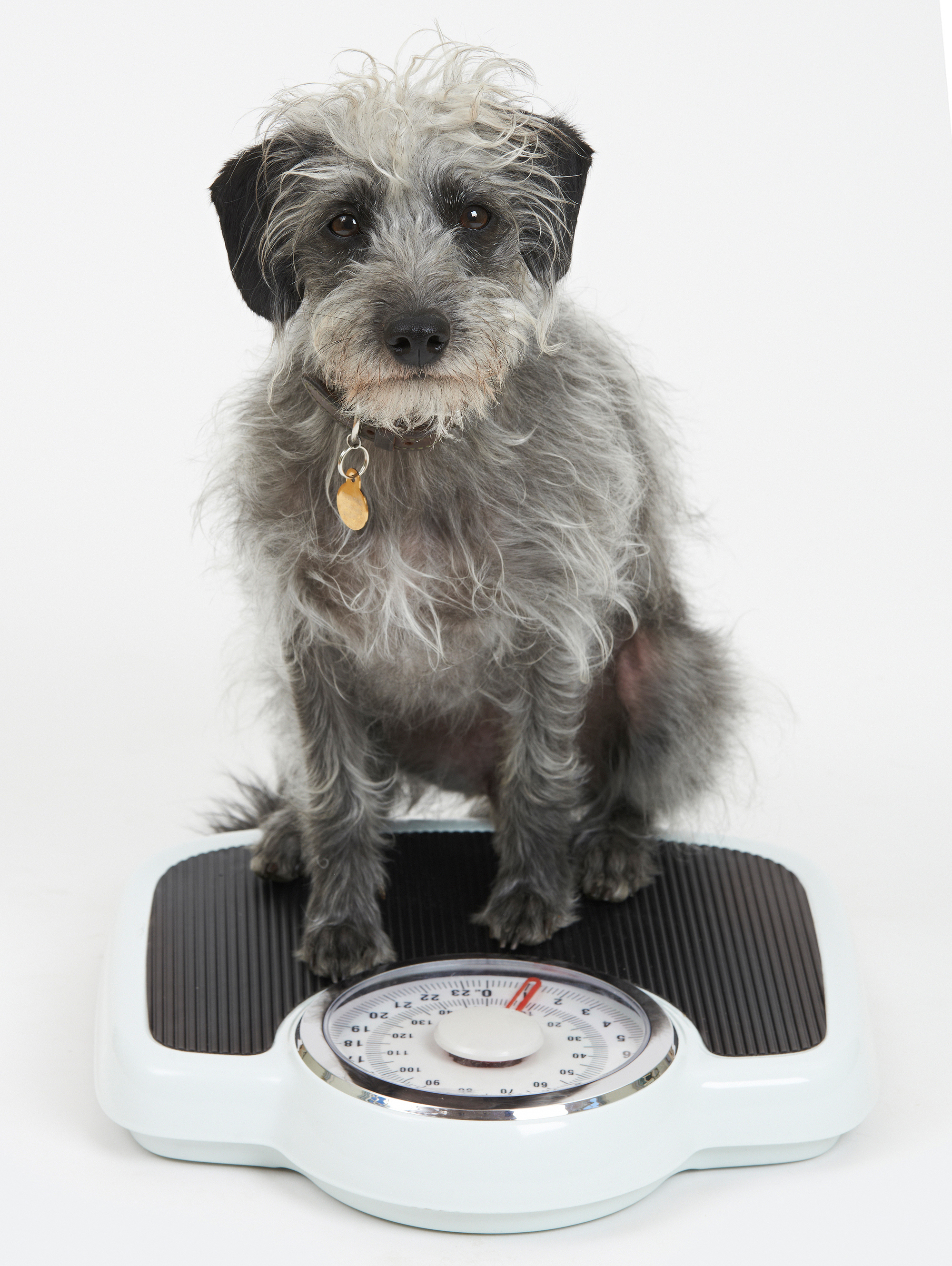

A 2019 study performed by the Pet Food Manufacturers Association (PFMA) revealed that 74% of vets think that pet obesity levels have increased, with approximately half of our cats and dogs now being overweight. Yet only 20% of pet owners think their pets need to lose weight. This highlights the fact that it can be difficult to recognize that your pet is overweight, with increasing pet waistlines becoming the new ‘normal’.
Does it matter?
In a word, yes. A 14-year study has shown that dogs kept in lean condition from early puppyhood throughout life can enjoy up to 2 more healthy, active years. Overweight pets are at increased risk of orthopaedic disease, such as osteoarthritis, diabetes mellitus, pancreatitis, high blood pressure, heart disease, respiratory disease and certain types of cancer, as well as having an increased anaesthetic risk should they need to undergo any procedure under general anaesthetic.
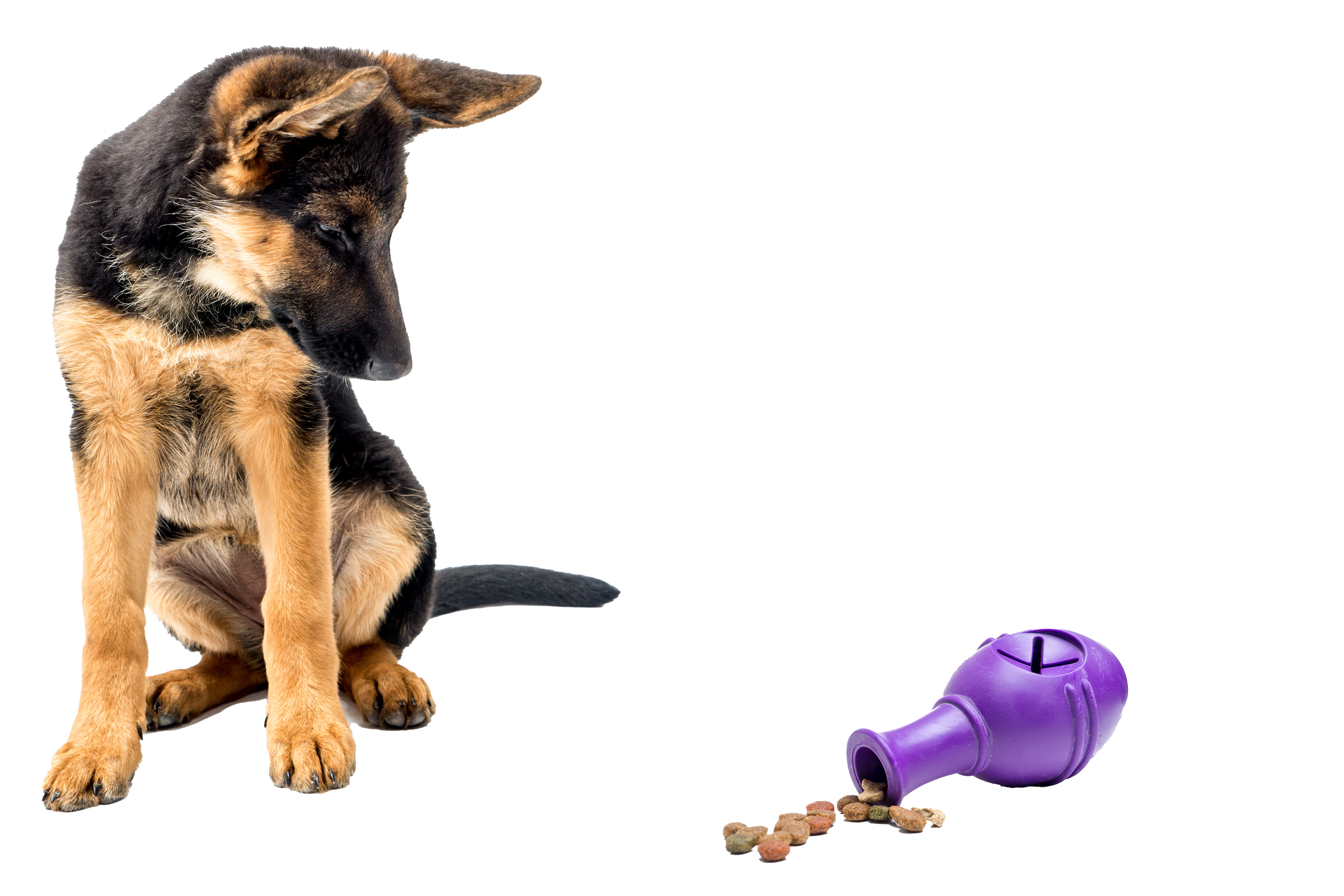

Which pets are most likely to be obese?
Any animal has the potential to become overweight if not fed and exercised appropriately. However, certain breeds are more likely to be overweight. Unfortunately, they are often the same breeds at risk of orthopaedic disease, such as Labrador, Rottweiler and Bulldog among others. Neutered animals have increased risk and there appears to be a link with overweight pets having overweight owners, perhaps an indicator of lifestyle or inability to recognise a problem.
Is my pet overweight?
It is not just a case of feeding the pet food manufacturer’s recommended levels and assuming they will be ok. Each animal is different and will experience different requirements according to activity levels, neuter status, time of year and other individual factors. It is important to assess and reassess your pet’s weight to pick up on changes and problems as soon as possible. Prevention of obesity is easier than losing the excess weight once it is there. Always be mindful of those changes to your pet’s lifestyle and management that may result in weight gain, such as after neutering, when resting after injury or simply changing to a different brand food.
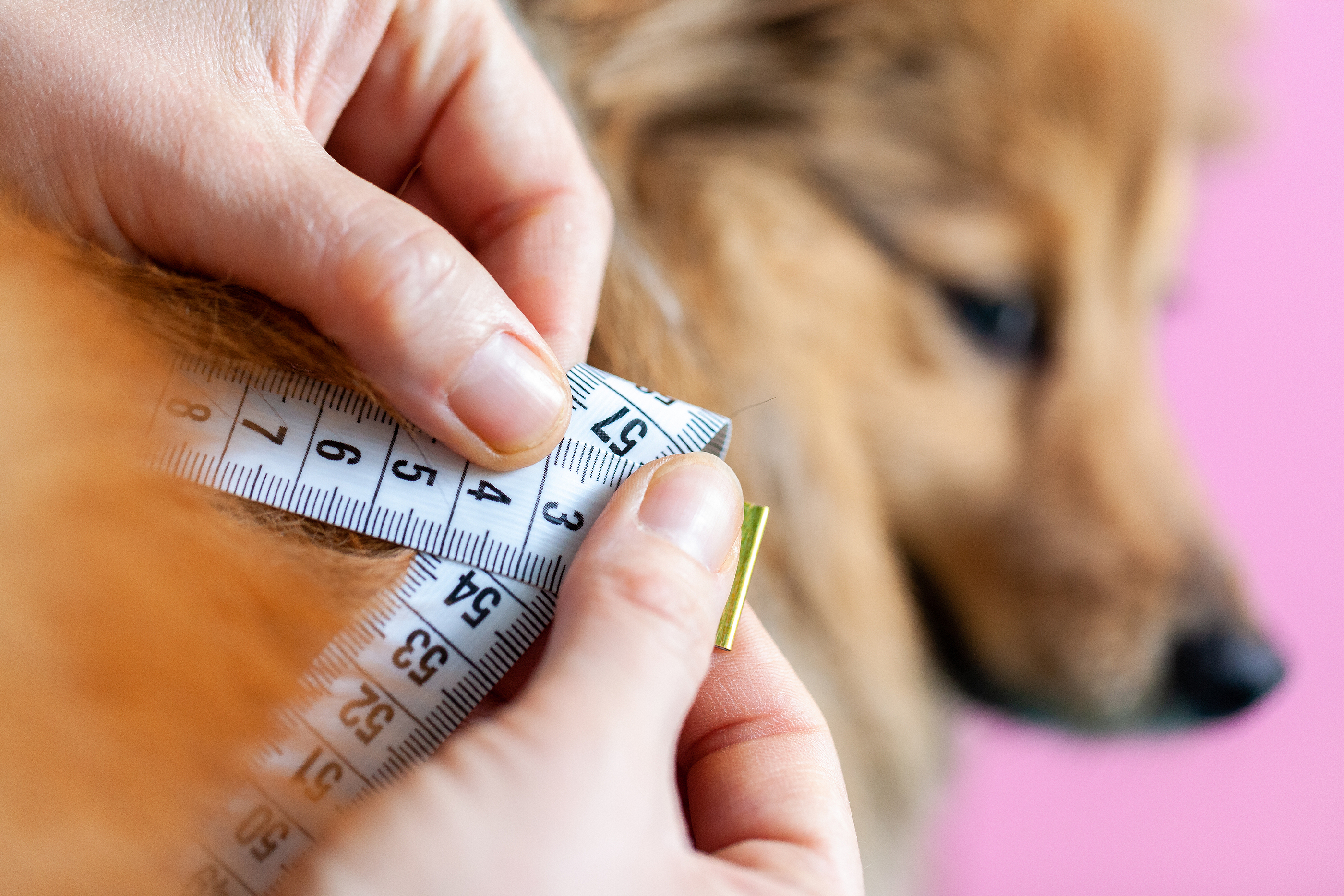

An accurate weight is useful for monitoring, however, it is far more important to get your hands on and feel. You should be able to feel your dog’s ribs with a light touch, you should be able to see your dog’s waistline when viewed from above and their tummy should be tucked up when viewed from the side. The situation is similar for cats, you should be able to feel ribs, hips and bony prominences of the spine. They should have a clear waistline and minimal sagging of the tummy.
Body condition scoring is a more accurate way to assess if your pet is overweight. There are tools out there to help you. Take a look at WSAVA’s body condition score posters and PFMA’s Pet-Size-O-Meter. Ask your vet’s opinion each time you take your pet, ask them to body condition score and weigh your pet every time.
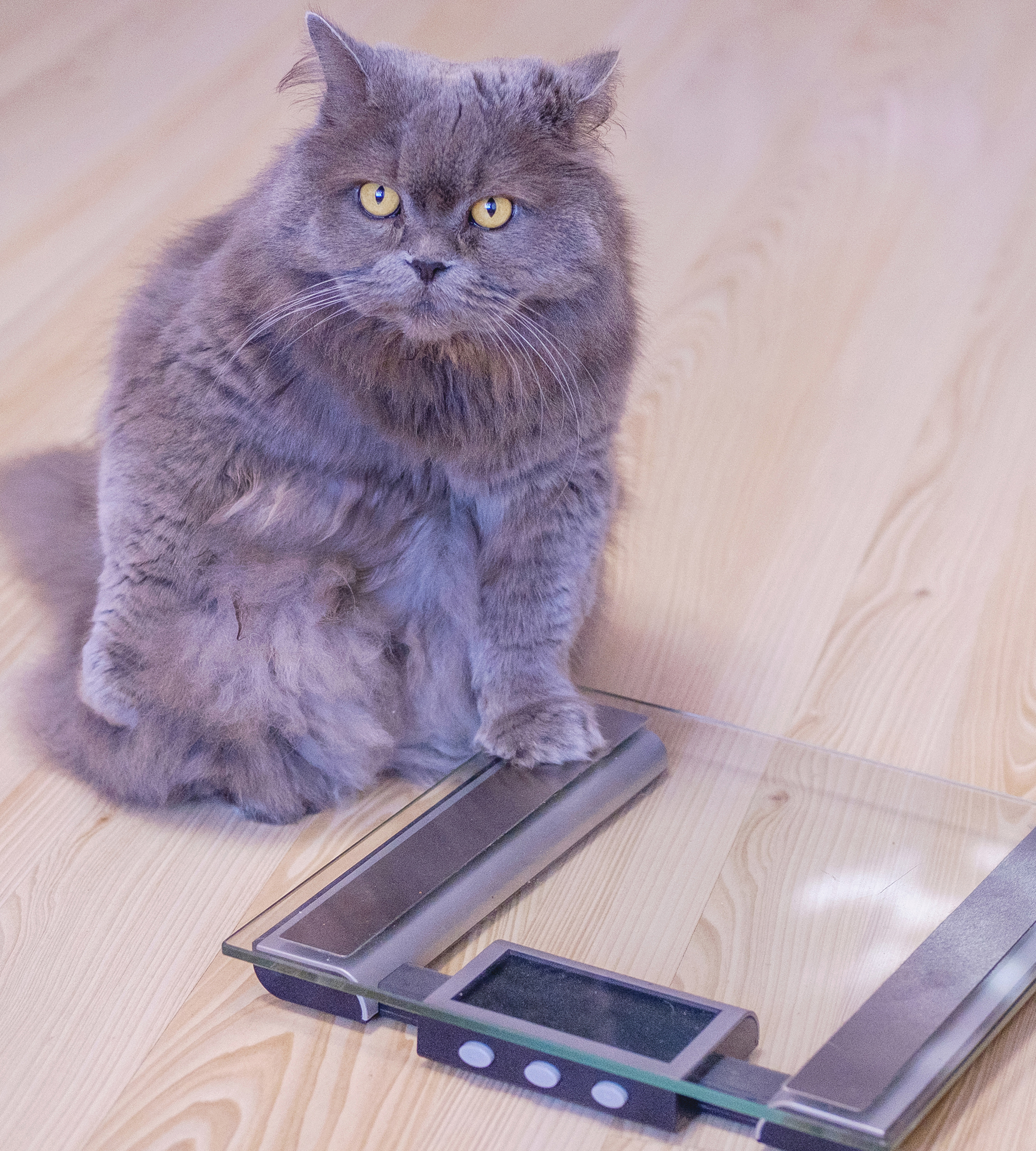

Oops, my pet’s fat!
First of all, well done for recognising it! The first step is to have a look at what your pet is eating. Are you weighing the food? Are you feeding way more than the recommended guidelines? Is your pet getting lots of treats or table scraps? Once you can see what your pet is actually eating, you can identify areas for improvement.
- Weigh the daily food allowance. Estimating leads to error. Use the food manufacturer’s feeding guideline as a starting point, but remember there is individual variation in requirements.
- Beware of treats adding to calorie intake. Use low calorie treats such as raw carrot or take the extra calorie intake away from the main meal.
- Ask your vet for help, many veterinary practices will have nurse-led weight clinics.
- Consider using a special weight loss diet.
- Make them work for their food – puzzle feeders, snuffle mats, scatter feeding.
- Ensure an active lifestyle with lots of walking and playing.
- Weigh and body condition score regularly to monitor the changes.
- Make sure the whole family are on board, we don’t want Granny sneaking any extra treats!


As pet owners, we have a responsibility to keep our pets as happy and healthy as possible. By feeding and exercising them appropriately, and keeping them at a nice lean weight, we have the opportunity to not only improve the quality of their life but also hopefully we get to enjoy them for longer.
CONTACT
Copyright © Natural VetCare 2019
Security & Privacy | Cookies | Terms & Conditions





